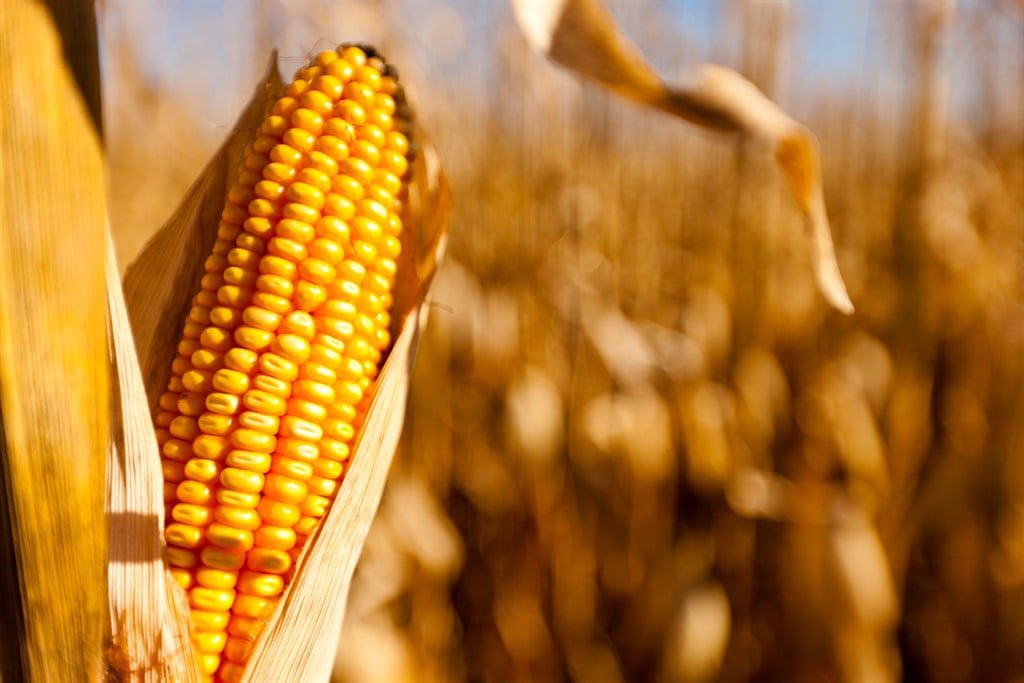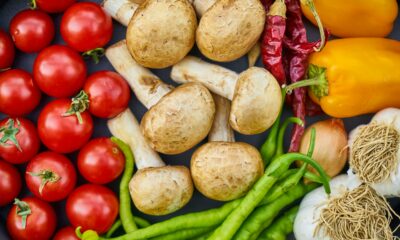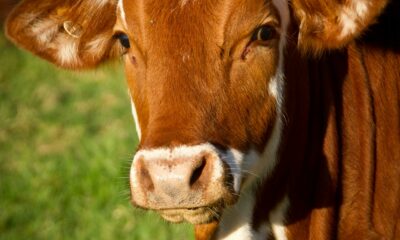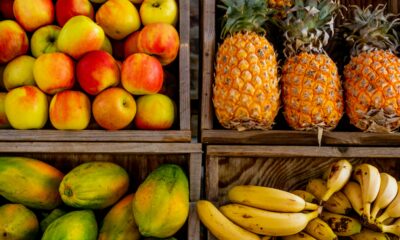Business
Quality Concerns and Delays Cloud South Africa’s 2025 Maize Harvest

As farmers work through a soggy season, questions emerge over crop quality and food security
South Africa’s 2025 maize harvest is off to a soggy and sluggish start, with output lagging 46% behind last year’s pace and that’s raising eyebrows across the country’s agricultural and food value chains.
While it’s too early to declare a crisis, voices from the country’s top agricultural bodies are warning that this year may go down as one of the poorest quality maize seasons in decades, even as overall crop volumes may still end up meeting national demand.
The Numbers So Far: Deliveries Down, White Maize Quality Under Pressure
According to Wandile Sihlobo, chief economist at the Agricultural Business Chamber of South Africa (Agbiz), farmers delivered just 3.3 million tons of maize to commercial silos by the week of June 13, compared to nearly 6 million tons this time last year.
“The late start to the season, along with continued rains well into April, delayed planting and harvesting,” said Sihlobo. “We’re seeing quality concerns, especially with white maize.”
From the 1.4 million tons of white maize delivered so far, only 74% met first-grade standards (WM1). In a normal year, this figure is over 90%. The rest has fallen into second-grade (WM2) or lower, mostly due to moisture and mold concerns caused by the prolonged rainfall.
In contrast, yellow maize is faring much better: 92% of deliveries so far have qualified as first-grade (YM1), which brings some relief to animal feed producers and large-scale processors.
Rainfall Blamed for Delays and Damage
Experts agree the culprit behind the quality dip is excessive late-season rain.
“This year, the harvest started about a month later than usual,” said Jaco Minnaar, president of Agri SA. “We’re seeing isolated supply shortages, but yields still align with the Crop Estimates Committee’s forecasts.”
Minnaar was frank about the crop’s appearance, noting that while nutritional value won’t be affected, maize meal may look slightly duller or less white than usual, especially in lower-income households where white maize is a dietary staple.
“It might be the worst quality crop in decades, but it’s still safe and nutritious,” he reassured.
More Maize Still in the Field
Despite the slow start, some industry leaders are urging calm. Francois Rossouw, CEO of the Southern African Agri Initiative (Saai), said that many farmers, especially in summer rainfall regions, haven’t been able to get their crops out of the ground yet.
“It’s not fair to make comparisons with last year until more deliveries are in. There’s still a lot of maize out there, and deliveries should pick up significantly in the coming weeks,” said Rossouw.
Bennie van Zyl, general manager of TLU SA, echoed the sentiment.
“In many areas, the fields are just too wet, or the maize itself is still too moist for harvest. We shouldn’t panic—we just need to wait for the season to finish before drawing conclusions.”
A Watchful Eye on Food Security
The early warnings have drawn attention not only from industry players but also from policymakers and economists concerned about the ripple effects of a poor-quality crop.
If enough of the white maize crop is downgraded, local mills may face higher processing costs, and consumers could see slight price increases in products like maize meal, pap, and starch-based foods.
At a time when food inflation is already stretching household budgets, especially in rural and township communities, even cosmetic changes to staple foods can be unsettling.
The Bigger Picture: Agriculture’s Climate Gamble
This year’s harvest is a stark reminder of how climate variability is reshaping South Africa’s farming calendar. The delayed start, coupled with lingering wet weather, shows just how fragile even well-managed agricultural systems can be when weather refuses to cooperate.
For farmers, the long-term message is clear: investments in climate-resilient seed, soil management, and storage infrastructure will be essential. For consumers, the lesson may be patience and trust that South Africa’s farmers, though weathered by the elements, are still working to feed the nation.
{Source: IOL}
Follow Joburg ETC on Facebook, Twitter , TikTok and Instagram
For more News in Johannesburg, visit joburgetc.com


























